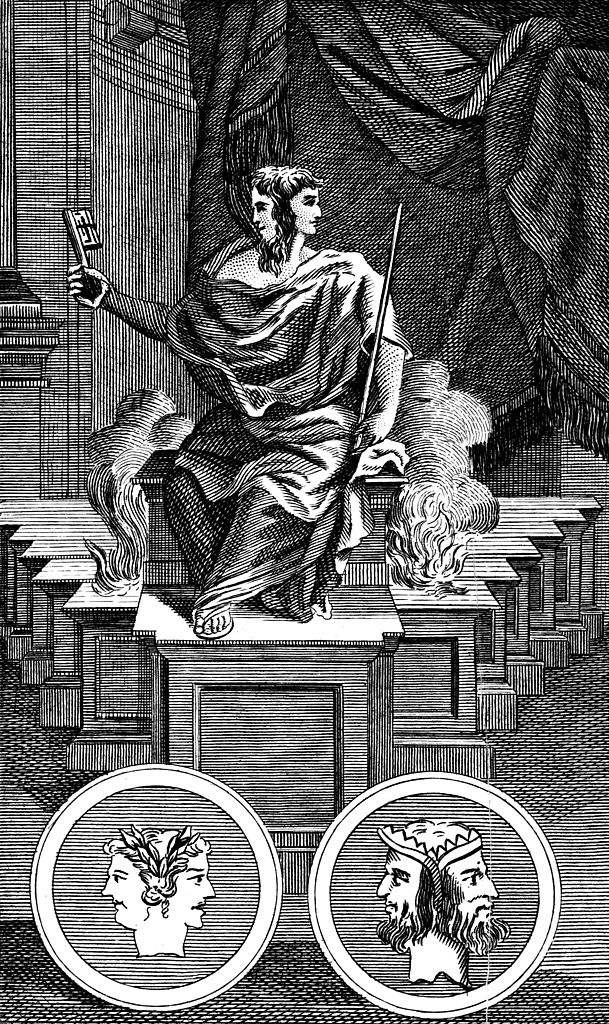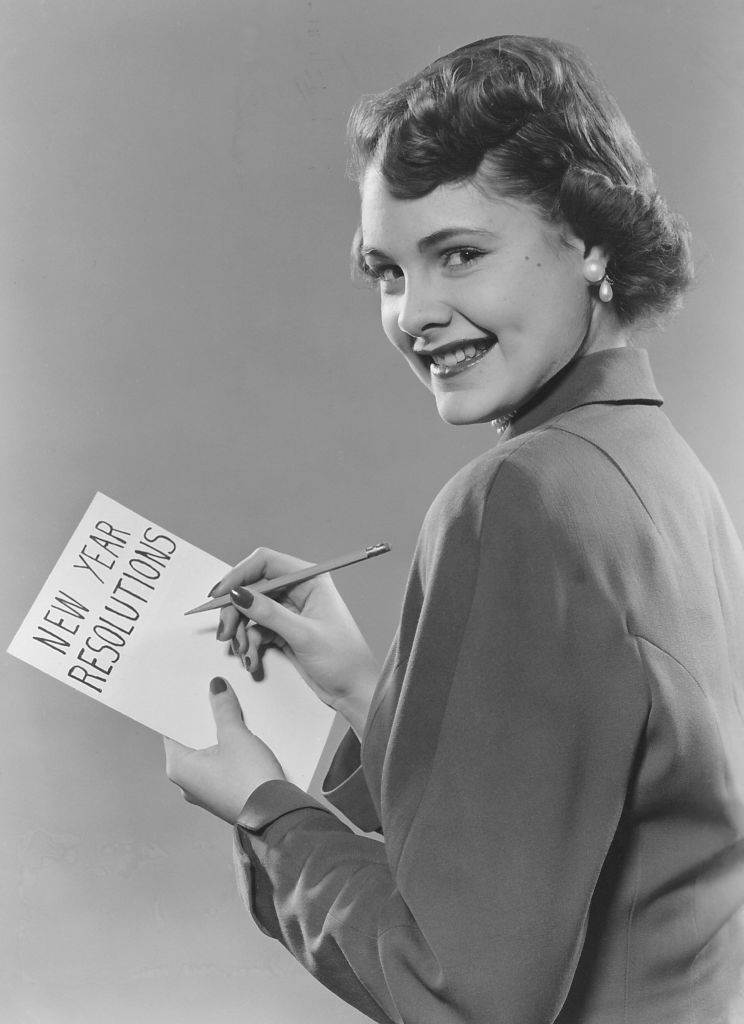New Year’s Resolutions: How Did They Start?
Most people make resolutions, but where did the idea come from?
By: GenZ Staff | December 31, 2022 | 892 Words

(Photo by Victoria Jones/PA Images via Getty Images)
Babylon

Janus, two-faced Roman god, keeper of the gate of heaven, 1798. Copperplate engraving. (Photo by Ann Ronan Pictures/Print Collector/Getty Images)
The Babylonians of ancient Mesopotamia took the new year seriously as it was the time when crops were planted. Their new year began in mid-March, not January, and they held a 12-day festival known as Akitu. During this celebration, they either crowned a new king or allowed the old king to stay on the throne. The king was put through a ceremony where he was “tested.” He had to swear by a statue of the god Marduk that he had led the city honorably.
Akitu was a religious festival, and statues of the gods were carried around the streets. Rituals were performed that were thought to cleanse and remake the world for the new year. The people also made promises to the gods that they would behave well during the upcoming year. This could include returning items they’d borrowed, paying their debts, and other actions. If they kept their promises, they’d stay in the gods’ favour – but if they broke their vows, the gods might punish them. It’s thought this was the beginning of what we know today as resolutions.
Rome
In ancient Rome, the new year was originally celebrated in March. In 46 B.C., Emperor Julius Caesar decided to create a new calendar – the Julian calendar. January 1 was named the beginning of the new year. People would exchange greetings and gifts, and feasts and dances were held. Over time, games and large processions also began to take place on the holiday.

John Wesley preaching in the open air Cornwall, England. Woodcut 1888. (Photo by Universal History Archive/Getty Images)
The month of January got its name from Janus, a god the Romans believed had two faces. He was the god of gateways, passages, transitions, beginnings and endings, and it was thought his spirit inhabited doorways and arches. He was believed to look both backwards into the past and ahead into the future. In honor of the god and to keep in his good graces, the people offered sacrifices and promised to behave well during the coming year. The Romans thought the way they spent New Year’s Day would influence the rest of the year – so they would try to spend the day in a nice way, and also spend part of the day working, as a good omen.
Christian Covenant
Later, Christians took this time of year to reflect on their past mistakes and to figure out ways to do better in the future. During the Middle Ages, Christians often marked the New Year at Easter due to the coming of Spring – or at Christmas, to mark the birth of Jesus. The date was later changed to January 1 across Europe and America.
In 1740, John Wesley, the English clergyman who founded Methodism, created the Covenant Renewal Service which was held on either New Year’s Eve or New Year’s Day. The idea was to renew a person’s relationship with God and commitment to the Church each year. Also known as the “watchnight services,” the people would get together to read Scripture and sing hymns. Today, some congregations use the time to avoid the typical raucous celebrations while praying and making resolutions for the coming year.
Making Resolutions

(Getty Images)
Making resolutions is the easy part. In 2016, 41% of Americans made a resolution, and only 9% felt successful by the end of the year. Why is the failure rate so high? There are several ways to sabotage the success of a goal. One sure way to fail is to set an unrealistic goal. On the other hand, small, achievable goals help boost confidence and help people to keep moving toward bigger aims. Other ways to sink the ship of resolutions is not to keep track of your progress, make too many resolutions, or forget about your goals over time.
A resolution is a firm decision to do or not to do something. Without fail on New Year’s Eve, thousands of Americans make promises to change something in their life for the better. The start of a year is an excellent time for an out-with-the-old-and-in-with-the-new attitude. For better fortune, we look ahead to the future rather than dwell on the past. Resolving to improve personally is a way to keep moving forward, even if the result is unsuccessful.
Just because some resolutions flop doesn’t mean we should give up on them. After all, practice makes perfect, and this may just be the year that the promise sticks.
















